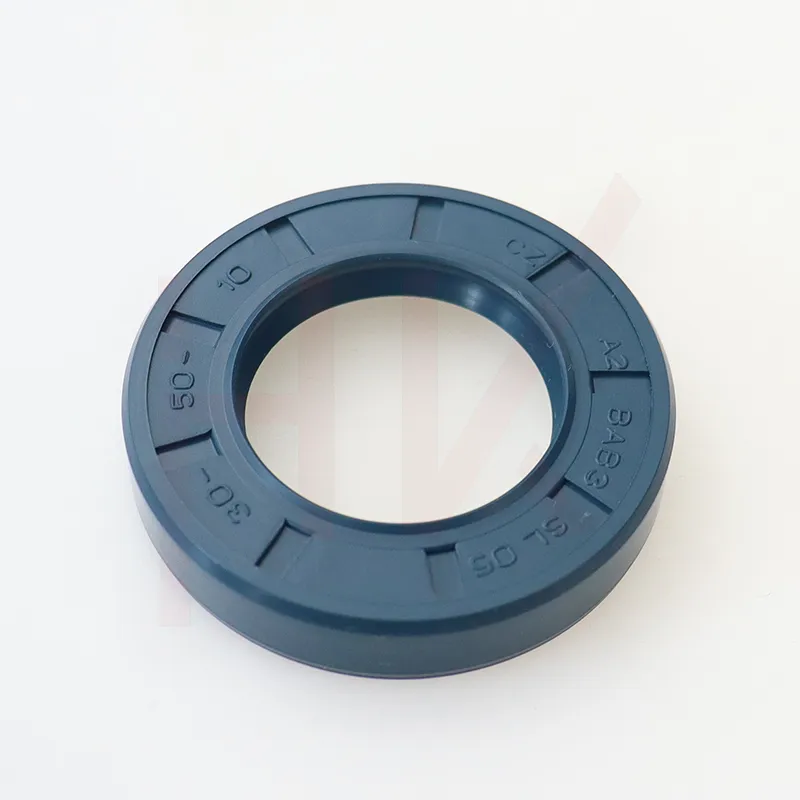stu . 24, 2024 03:28 Back to list
cylinder gland seal
Understanding Cylinder Gland Seals Importance and Applications
Cylinder gland seals are a vital component in various hydraulic and pneumatic systems, designed to ensure the efficient operation of cylinders while preventing fluid leakage. These seals play a crucial role in maintaining pressure, enhancing performance, and extending the longevity of machinery.
At their core, cylinder gland seals serve to create a barrier between the moving rod of the cylinder and its static housing, effectively sealing the fluid within and preventing any escape. The functionality of these seals is essential in applications ranging from construction equipment and industrial machinery to automotive systems and aerospace technologies.
One of the primary materials used in the construction of cylinder seals is elastomer, which provides the necessary flexibility and resilience to accommodate the dynamic movement of cylinders. Particularly, nitrile rubber is popular for its excellent resistance to oil and temperature variations, making it effective in hydraulic systems. Furthermore, polyurethane and PTFE (polytetrafluoroethylene) seals are often favored for their low friction properties and superior wear resistance, especially in more demanding environments.
cylinder gland seal

The design of cylinder gland seals varies considerably based on the application and required performance characteristics. Common designs include O-rings, U-cups, and wiper seals, each tailored to specific sealing needs. For instance, O-rings are often employed in static applications, while U-cups are designed for dynamic sealing, enabling them to manage both pressure and rod movement efficiently. Wiper seals, on the other hand, serve to protect the inner sealing surfaces from dirt, debris, and contaminants, thereby enhancing the seal's overall reliability.
In hydraulic systems, the importance of proper seal selection cannot be overstated. A suitable seal can reduce maintenance costs, enhance efficiency, and improve the overall performance of the machinery. Inadequate sealing can lead to fluid leaks, resulting in diminished system pressure, increased operational costs, and potential environmental hazards. Therefore, understanding the specific needs of the application, such as pressure levels, temperature ranges, and environmental conditions, becomes crucial when selecting a cylinder gland seal.
Additionally, the maintenance of cylinder seals is essential for operational efficiency. Regular inspections and timely replacements can preempt issues associated with wear and tear, thus avoiding costly downtimes. The lifecycle of seals can be influenced by several factors, including the type of fluid used and the working environment, making it vital to monitor their condition continuously.
In conclusion, cylinder gland seals are indispensable to the efficacy and reliability of various hydraulic and pneumatic systems. Their role in preventing fluid leaks, coupled with their ability to maintain pressure, underscores the need for careful selection and maintenance of these components. By prioritizing high-quality seals tailored to specific applications, industries can enhance performance, reduce operational costs, and contribute to more sustainable practices. As technology evolves, so too does the design and functionality of cylinder gland seals, ensuring they meet the ever-increasing demands of modern engineering.
-
Unlocking the Potential of Hydraulic Systems with Essential Sealing Solutions
NewsAug.06,2025
-
Unleash the Power of Your Hydraulic Systems with Our Premium Seal Kits
NewsAug.06,2025
-
Specialized Hydraulic Seal Kits for Breakers, Pistons, and Presses
NewsAug.06,2025
-
Revitalize Hydraulic Systems with Premium Repair and Seal Kits
NewsAug.06,2025
-
Fortify Your Cylinders with Premium Sealing Solutions
NewsAug.06,2025
-
Elevate Hydraulic System Reliability with Specialized Seal Kits
NewsAug.06,2025
-
TCN Oil Seal Metal Ring Reinforcement for Heavy Machinery
NewsJul.25,2025
Products categories
















